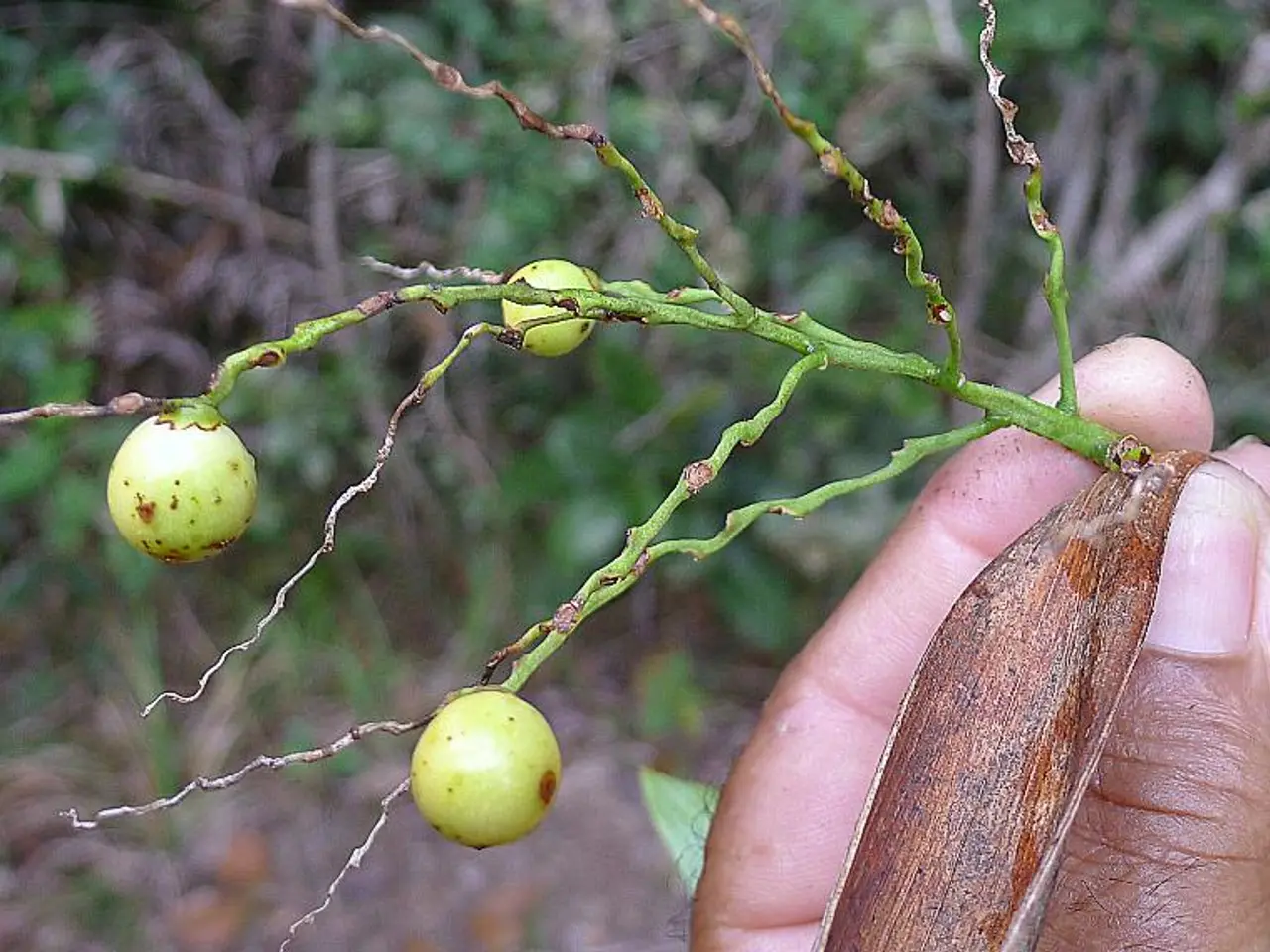Plant stem cell protein complex controls cell division and stress responsiveness
In a groundbreaking study published in the high-impact journal Molecular Systems Biology, a team of researchers led by Ana I. Caño Delgado and Marta Ibañes have discovered a crucial mechanism that regulates plant stem cells, particularly in response to genomic and environmental stress factors such as extreme cold, heat, or floods.
The study, with the DOI 10.15252/msb.20209864, focuses on the plant Arabidopsis thaliana, a model organism often used in scientific research. The team found that two proteins, BRAVO and WOX5, interact and regulate each other to avoid cellular division in a small group of stem cells, known as the quiescent centre.
Plants have a unique set of stem cells in the tip of the primary root that allow them to grow indefinitely. These stem cells are divided into two groups: those that divide at a fast pace and those that divide at a slower pace, forming the "quiescent centre". Under severe or prolonged stress, fast-dividing stem cells in the plant die, and quiescent centre cells activate, ensuring the correct root growth and development, which is crucial for the plant's nutrition and support.
The quiescent centre stem cells also represent an insurance, a reservoir of genetically safe cells, as they divide at a slower pace and are less likely to incorporate replication errors or mutations. The few cells of the quiescent centre where BRAVO and WOX5 proteins exercise their important function: suppressing cell division.
The researchers discovered that plants with simultaneous mutations in the BRAVO and WOX5 genes had less capacity to regenerate the roots, which were shorter and less abundant. This finding suggests that these proteins play a significant role in the plant's ability to adapt and survive under stressful conditions.
The discovery was the result of fifteen years of research carried out by the two researchers. Dr. Martina Galletti, the exact author of the dissertation where experiments investigating the proteins BRAVO and WOX5 were conducted, was a key contributor to this breakthrough.
The study's findings could have far-reaching implications. Understanding these differences in molecular processes between plant and animal stem cells can help design strategies in medicine and cosmetics to slow down cellular aging and promote tissue regeneration. Moreover, understanding the molecular mechanisms that regulate these processes can lead to more resilient crops, particularly in extreme climates.
The researchers also created mathematical models that allow for in silico experimentation, creating hypothetical situations that may happen at the root's stem cells, such as the effect of applying hormones or the possible responses during stress situations. These models will be invaluable tools for future research in this field.
In conclusion, this study provides a significant step forward in understanding the unique mechanisms that plants use to adapt and survive under stressful conditions. The insights gained from this research could have far-reaching implications for agriculture, medicine, and the fundamental understanding of life itself.








